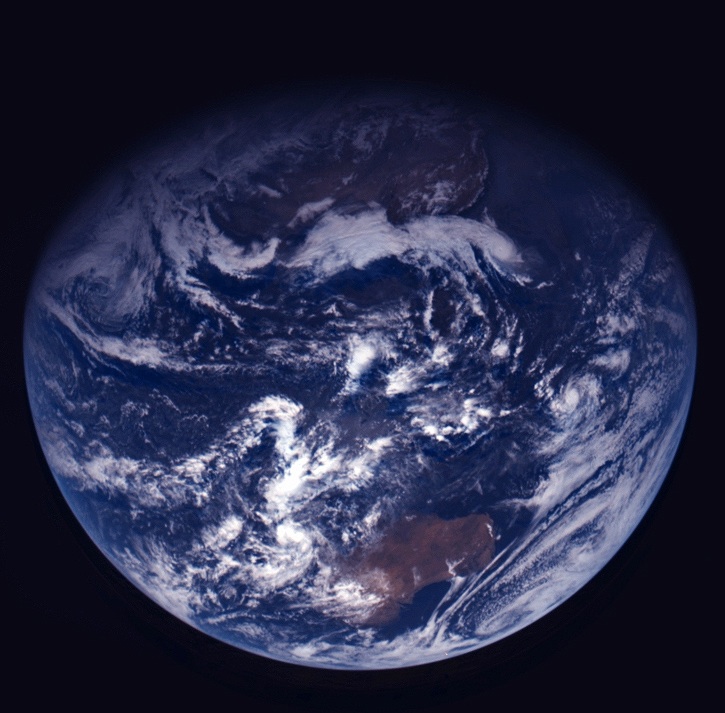The Earth has a mass of 5.97×1024 kg.
You can also check out these books about the planet Earth from Amazon.com for more detailed information.
If you could actually break up the planet into its various parts, you’d get 32% iron, 30% oxygen, 15% silicon, 14% magnesium, and then all the other elements, with sulfur, nickel, calcium and aluminum being the most common.
The density of Earth is 5.5 g/cm3. This is actually the densest planet in the Solar System; however, this is partly because of the size of Earth. The next most dense planet is Mercury, and it would actually be more dense than Earth if it wasn’t so small. Earth pulls at itself with so much gravity, that it compacts down tighter than Mercury.
How did scientists find out the mass of Earth? By studying how things fall towards it. Gravity is created from mass. The more mass an object has, the more gravity it will pull with. If you can calculate how an object is being accelerated by the gravity of an object, like Earth, you can determine its mass.
In fact, astronomers didn’t accurately know the mass of Mercury or Venus until they finally put spacecraft into orbit around them. They had rough estimates, but once there were orbiting spacecraft, they could make the final mass calculations. We know the mass of Pluto because we can calculate the orbit of its moon Charon.

